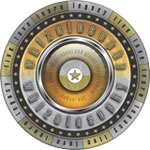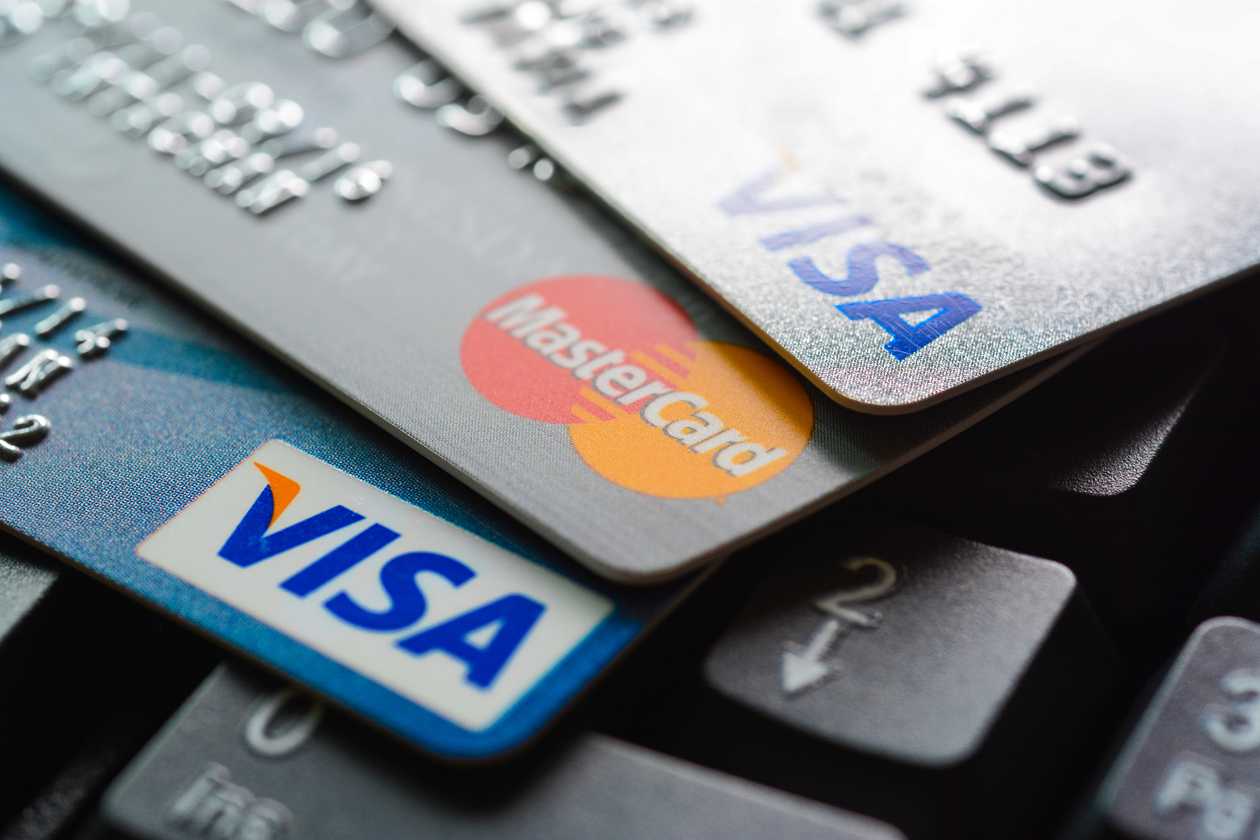- Abuse & The Abuser
- Achievement
- Activity, Fitness & Sport
- Aging & Maturity
- Altruism & Kindness
- Atrocities, Racism & Inequality
- Challenges & Pitfalls
- Choices & Decisions
- Communication Skills
- Crime & Punishment
- Dangerous Situations
- Dealing with Addictions
- Debatable Issues & Moral Questions
- Determination & Achievement
- Diet & Nutrition
- Employment & Career
- Ethical dilemmas
- Experience & Adventure
- Faith, Something to Believe in
- Fears & Phobias
- Friends & Acquaintances
- Habits. Good & Bad
- Honour & Respect
- Human Nature
- Image & Uniqueness
- Immediate Family Relations
- Influence & Negotiation
- Interdependence & Independence
- Life's Big Questions
- Love, Dating & Marriage
- Manners & Etiquette
- Money & Finances
- Moods & Emotions
- Other Beneficial Approaches
- Other Relationships
- Overall health
- Passions & Strengths
- Peace & Forgiveness
- Personal Change
- Personal Development
- Politics & Governance
- Positive & Negative Attitudes
- Rights & Freedom
- Self Harm & Self Sabotage
- Sexual Preferences
- Sexual Relations
- Sins
- Thanks & Gratitude
- The Legacy We Leave
- The Search for Happiness
- Time. Past, present & Future
- Today's World, Projecting Tomorrow
- Truth & Character
- Unattractive Qualities
- Wisdom & Knowledge



FOLLOWERS
Users
Outlooks & Setbacks Saturdays
Credit Cards
One pitfall that I see far too many young people fall for is thinking that credit limits on credit cards are “free money.”
So many people do not learn about finances as they grow up which is such a shame because it’s a very important skill that you need for your whole life. Spending more money than you make is a recipe for financial disaster because ultimately that money needs to be repaid.
Paying down debt is not an easy thing for most people to do so once you get caught in a trap of using credit to fill the gaps in your income, it’s hard to reverse that trend.
I know so many people who get a credit card and then immediately rack up the balance all the way to the limit. It’s like they think that just because they have access to a certain credit limit, that they have that much money to spend. But the truth is that if you don’t have the cash, then you don’t have the money to spend.
Common sense with money seems to be a thing from our grandparents and great-grandparents generation where they didn’t spend more money than they made. They didn’t have credit cards to rely on to buy whatever they wanted. It was a different time.
The fact is that credit cards are not going anywhere anytime soon, so it’s important to learn how to manage your finances well. That might mean that you should NOT get a credit card or that you should NOT increase your credit limit. If you cannot handle having access to the debt, then don’t put yourself in a position where you have access to it.
What do you think? Is it a problem to spend more money than you make?
Interesting Fact #1
You might have heard that it’s only after you use a new credit card that the account affects your credit score. However, applying for new credit comprises 10 percent of your credit score. It doesn’t matter if you’re approved for the card or if you use it; it’s the inquiry that counts.
Interesting Fact #2
If you don’t pay the total minimum payment on your credit card bill, your credit card company may report it as a missed payment. This can bring down your credit score and make it more difficult to qualify for credit in the future.
Interesting Fact #3
You might accrue interest even after you’ve reduced your balance to zero. This is called residual interest, and it’s due to the gap between the date on which you’re billed and the date you make your payment.
Quote of the day
“If you want to minimize debt, don't use your credit cards as a lifeline.” ― David Angway
Article of the day - A beginner’s guide to credit cards
When it comes to shopping, one way many of us like to pay when we get to the register: credit cards.
Unlike debit cards or cash, credit cards are valuable in letting you borrow money in the moment when you need it—while building credit at the same time. But knowing how to manage one, or a few, responsibly requires you to know the basics.
- What is a credit card and how does it work?
- Types of credit cards
- Pros and cons of using a credit card
- How to get a credit card
What is a credit card and how does it work?
Credit cards are a type of payment card that allow you to borrow against a line of credit to make purchases, transfer balances from one credit card to another—or even pull out cash from an ATM using what’s called a cash advance.
Each time you tap into this line of credit—which is based on your credit score and additional information you provide during the application process—you’re expected to repay it by the due date. “To determine your credit limit, lenders use factors like your credit score, debt-to-income ratio, free cash flow, and outstanding credit card limits,” says Brian Walsh, CFP and manager of financial planning at SoFi. “Since credit cards are unsecured debt, the lender is assessing the risk they are taking based on your ability to repay the debt.”
If you end up carrying a balance, you’ll pay interest in the form of a variable APR, which is also determined by your credit score and the type of card you have.
Paying with plastic can come in handy when you’re in a pinch and need to cover an expense that you can’t afford at the moment—but credit card APRs are no joke: The average credit card interest rates stood at 16.65% as of July this year, according to the Fed.
Credit cards also come with more than one type of APR:
- Purchase APR: The interest charged on any purchases you make with your credit card.
- Balance transfer APR: The interest rate you can expect to pay on balances transferred from one credit card to another.
- Cash advance APR: The interest rate on cash you withdraw against your credit limit.
- Penalty APR: The higher-than-normal interest rate your issuer might charge you if you fall behind on your credit card payments.
The credit limit you’re granted when first approved for the card isn’t forever—the bank may offer you an increase later down the line based on how you manage your credit. You can also request one online or by calling your bank—just keep in mind that this will result in a hard inquiry, which will lower your credit scores by a few points.
One way to better understand the terms of your credit card is to refer to the Schumer Box on the issuer’s website or the fine print of the information pamphlet you receive in the mail with your card. The Fed’s Truth in Lending Act requires all card issuers to include a Schumer Box, which covers important information about your credit card’s rates and fees.
If you’re looking to learn the basics, here are a few key terms to know:
- APR: This is your card’s interest rate, or how much you pay to carry a balance on your card.
- Credit limit: The maximum amount a credit card issuer will extend to a cardholder on a single credit card.
- Balance: The total amount you owe your credit card company.
- Due date:The date by which you should make your credit card payment to avoid late fees, interest charges, and keep your account in good standing.
- Cash advance: Money you borrow against your existing line of credit.
- Minimum payment: The least you can pay to remain in good standing with your credit card issuer and avoid paying a late fee.
Types of credit cards
There are several types of credit cards available for all kinds of consumers. Choosing the right card for you starts by identifying what your spending habits are and selecting a card that is tailored to those habits.
“[Choosing the right card] depends on what you are trying to accomplish,” says Autumn Lax, CFP and Accredited Investment Fiduciary at Drucker Wealth. “If you are able to put a lot of daily spending on the card and are disciplined to pay it off, I say go with something that gives you good rewards. If debt management is more the angle, find one with a good 0% introductory rate.”
Some cards are less rewards-driven, but may offer lower barriers to entry for younger or “new to credit” consumers who are just starting to build their credit profile.
Here’s a look at a few of the most common credit card categories.
1. Cash back credit cards: A cash back card is a type of rewards credit card that earns the cardholder cash on qualifying purchases. That cash can then be redeemed for a statement credit, online shopping, gift cards, and more.
2. Travel credit cards: Travel credit cards offer cardholders miles and rewards points that can be redeemed for airline purchases and various other travel-related bookings like hotel stays or rental cars.
3. Balance transfer credit cards: A credit card offering an intro balance transfer offer allows you to move debt from an existing credit card to a new credit card—usually with low or interest-free introductory offers that make paying down your balance more manageable.
4. Business credit cards: These cards are designed to benefit business owners through perks like higher credit limits, cash back, or points on purchases made at office supply stores, and employee cards.
5. Student credit cards: A credit card designed for student needs is one way for younger consumers to start building credit. These cards tend to have lower limits and fewer approval requirements than regular traditional credit cards.
6. Secured credit cards: A secured card is a type of credit card that is backed by a cash deposit in case the cardholder fails to make payments on their balance.
7. Unsecured credit cards: These are the most common type of credit card. They don’t require the cardholder to make a security deposit to open an account.
8. Retail credit cards: Typically issued by a specific retail store or on behalf of a retail store. Cardholders might consider using this kind of card if they’re a frequent shopper at a specific store and have the opportunity to earn discounts and rewards for using their card to shop there.
Pros and cons of using a credit card
Credit cards can be an essential tool in building your credit history and can be a nice safety net in case you have to cover a large purchase in a pinch, but they are not without their own set of risks.
“Research suggests that people naturally spend more money when using a credit card compared to cash or a debit card,” says Walsh. “[However] assuming you pay off your balance in full every month, a credit card can be useful to redeem points for trips or direct cash back towards their goals.”
Here’s a rundown of a few of the major pros and cons to be aware of before getting a credit card.
Pro: Credit cards can be a useful tool in building a positive credit history. Managing your credit card responsibly by making on-time payment and keeping your credit utilization low is one way to build and maintain a high credit score. It also shows lenders that you are responsible with your money should you apply for a loan or a new credit card in the future.
Pro: Credit cards give you the opportunity to spread out payments over time. Say you want to purchase a larger appliance or take a vacation. Paying for those expenses outright could be too much for your budget to handle all at once. A credit card lets you break that larger payment into smaller, more manageable payments.
Con: Credit cards can hurt your credit score if you don’t manage them responsibly. Making late payments or missing a payment altogether if you can’t afford to pay off your balance can drag down your credit score and hurt your chances of being approved for a new card in the future.
Con: Your payment history and credit utilization make up 35% and 30% of your credit score calculation, respectively. Mismanaging your credit card by missing payments, making late payments, or blowing through your credit limit could seriously hurt your credit score and make it difficult to repair.

How to get a credit card
Applying for a credit card is a fairly simple process, although approval requirements can sometimes seem vague and will vary depending on the credit card issuer. Once you’ve decided on a card, the fastest way to apply will likely be online by visiting the card issuer’s website. Many issuers also accept applications online or in-person if that bank has a physical location near you.
Credit card applications will ask you for the following information:
- Legal name
- Social Security number
- Date of birth
- Address
- Annual income
It’s important to note that each time you apply for a credit card, the issuer will request to review your credit report from one of the three major credit reporting bureaus. This can negatively impact your credit score in the short-term since applications for new credit make up 10% of your credit score.
If you apply online, you could receive a decision on your application within minutes—applying via mail or in person could delay the process. However, according to federal guidelines, credit issuers are required to send you a notice of your approval or denial within 30 days at the absolute latest.
If you get your issuer’s stamp of approval, you should receive your credit card in the mail within one to two weeks. Depending on your credit card issuer, you may be able to create an online account and even use your card before it physically arrives in the mail by adding it to your mobile wallet.
Once your card is activated and ready to use, forming and maintaining positive credit habits can help set the tone for your financial future.
“Good credit is instrumental in achieving many goals, from buying a home to renting an apartment,” says Lax. “Building good credit requires demonstrating the ability to make timely payments on a variety of different types of credit, from fixed loans to revolving credit. So having credit cards can help you build out your credit profile and ultimately a good credit score.”
EDITORIAL DISCLOSURE: The advice, opinions, or rankings contained in this article are solely those of the Fortune Recommends™ editorial team. This content has not been reviewed or endorsed by any of our affiliate partners or other third parties.
Follow Fortune Recommends on Facebook and Twitter.
EDITORIAL DISCLOSURE: The advice, opinions, or rankings contained in this article are solely those of the Fortune Recommends™ editorial team. This content has not been reviewed or endorsed by any of our affiliate partners or other third parties.
Question of the day - What do you think? Is it a problem to spend more money than you make?
Challenges & Pitfalls
What do you think? Is it a problem to spend more money than you make?







